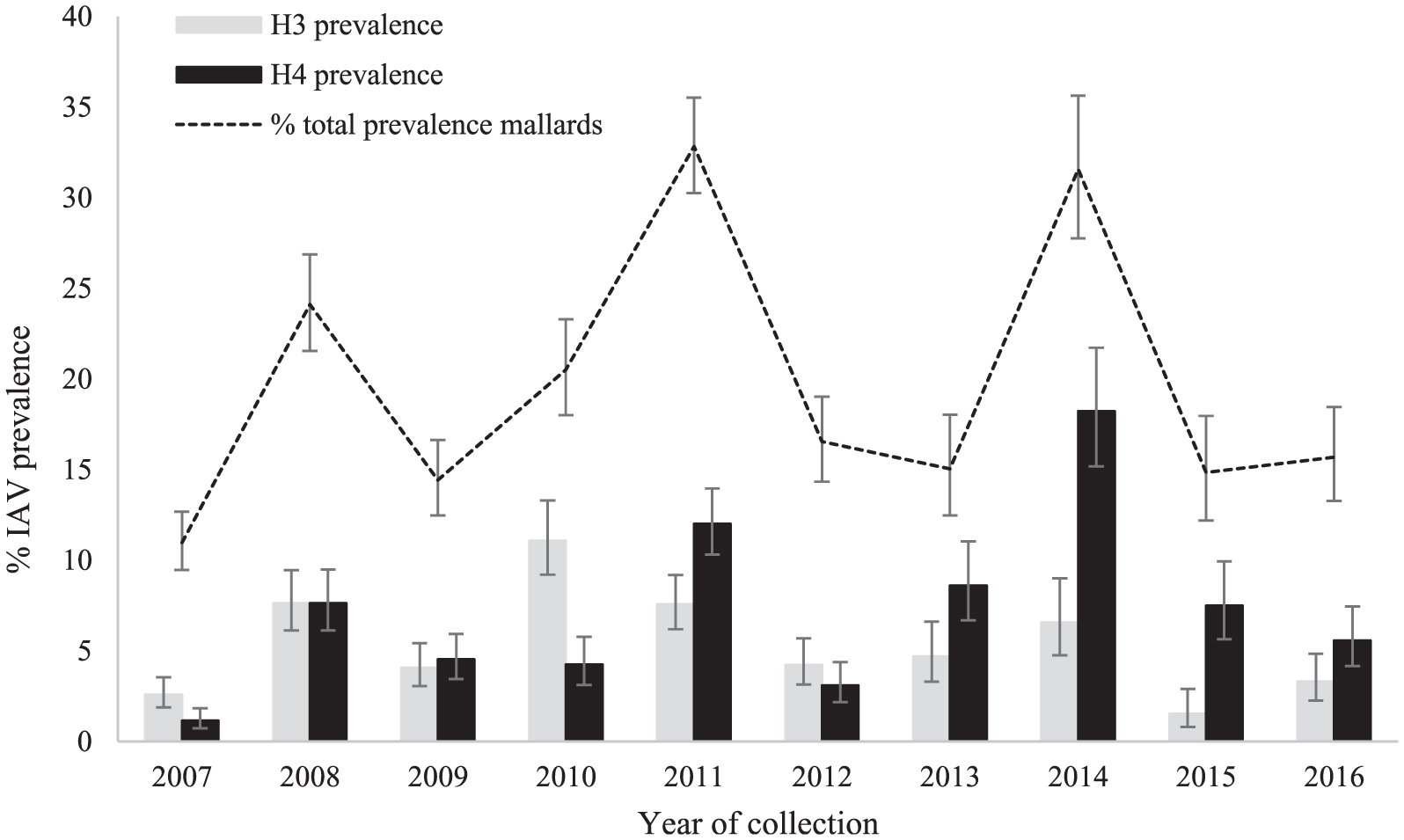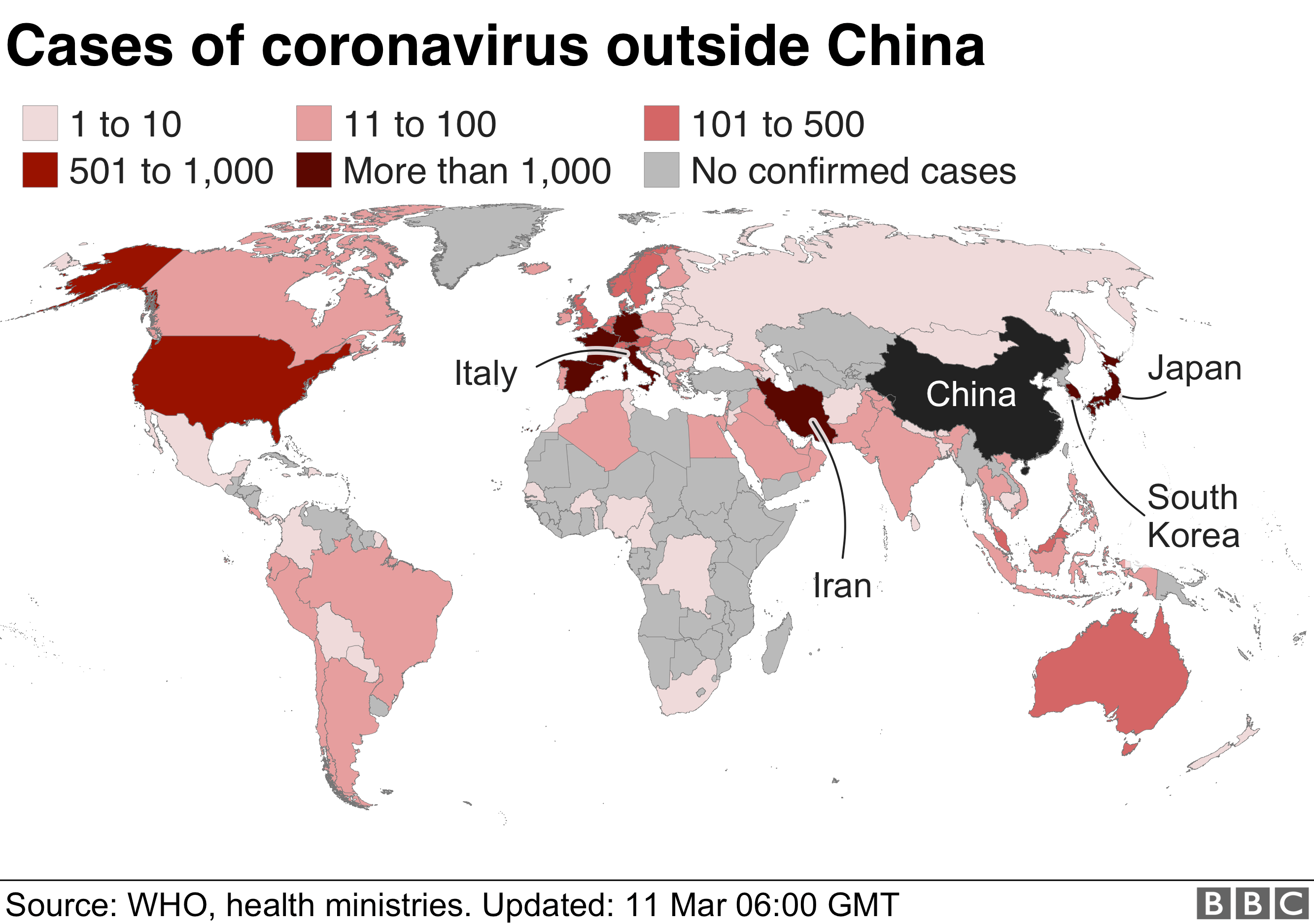Understanding Chickenpox and Shingles in Minnesota: A Review of the 2018 Health Report
Table of Contents
- Prevalence of Influenza A Viruses in Ducks Sampled in Northwestern ...
- Chickenpox Outbreak Map 2024 - Nanny Malissa
- Breaking News: Chickenpox Outbreak Claims Lives in Kerala, India | What ...
- showed that Median Endemic Index of chickenpox cases in Najaf in May ...
- Measles, Chickenpox Vaccinations Stay Low After Worrying Drop During ...
- Why Are There Still Outbreaks of Chickenpox in the U.S.? – Chelsea’s ...
- More about vaccines – Musings of a Curious Mind
- Number of chickenpox cases in children in Finland fell rapidly after ...
- showed although the total number of chickenpox varies from 2009-2013 ...
- Showing the number of cases per week during the outbreak of chickenpox ...

Chickenpox and shingles are two highly infectious diseases caused by the varicella-zoster virus. While chickenpox is more common in children, shingles typically affects adults. In 2018, the Minnesota Department of Health released a comprehensive report on the incidence of chickenpox and shingles in the state. This article will provide an overview of the report's findings and offer insights into the prevention and management of these diseases.


Chickenpox in Minnesota: Key Statistics

According to the Minnesota Department of Health, chickenpox is a common illness in the state, with the majority of cases occurring in children under the age of 10. In 2018, there were 1,444 reported cases of chickenpox in Minnesota, with a peak incidence during the winter and spring months. The report highlights that chickenpox is highly contagious and can spread quickly in schools, childcare settings, and other areas where children congregate.


Shingles in Minnesota: A Growing Concern

Shingles, also known as herpes zoster, is a viral infection that affects approximately 1 in 3 people in the United States during their lifetime. In Minnesota, the 2018 report showed that 1,234 cases of shingles were reported, with the majority of cases occurring in adults over the age of 50. The report notes that shingles can cause significant morbidity, including pain, discomfort, and potential complications such as postherpetic neuralgia.


Prevention and Management

The Minnesota Department of Health emphasizes the importance of vaccination in preventing chickenpox and shingles. The varicella vaccine is recommended for all children, and the shingles vaccine is recommended for adults aged 50 and older. Additionally, the report highlights the need for good hygiene practices, such as frequent handwashing and covering the mouth and nose when coughing or sneezing, to prevent the spread of the virus.
The 2018 report on chickenpox and shingles in Minnesota provides valuable insights into the incidence and management of these diseases. By understanding the risks and taking preventative measures, such as vaccination and good hygiene practices, individuals can reduce their likelihood of contracting these illnesses. As the Minnesota Department of Health continues to monitor and report on the incidence of chickenpox and shingles, it is essential for healthcare providers, policymakers, and the general public to work together to prevent and manage these diseases.
For more information on chickenpox and shingles, including prevention and management strategies, visit the Minnesota Department of Health website. By working together, we can reduce the incidence of these diseases and promote a healthier community for all Minnesotans.
Download the full report: PDF: Chickenpox and Shingles in Minnesota, 2018
Related resources: